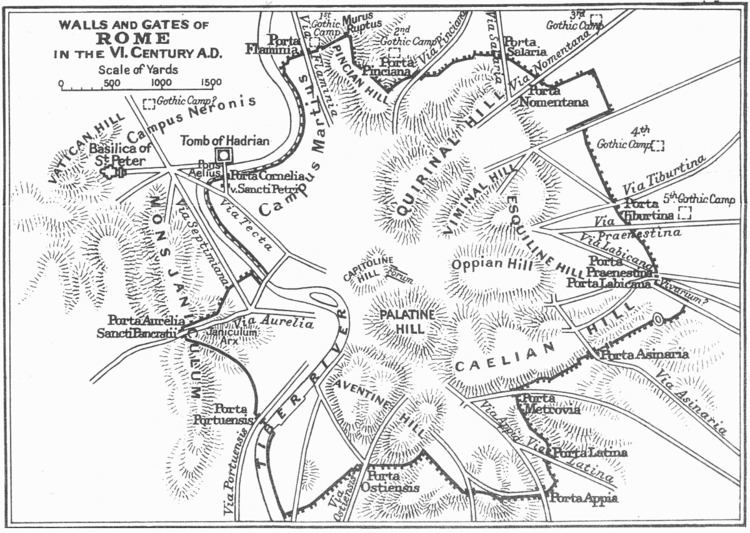 | ||
Year 537 (DXXXVII) was a common year starting on Thursday (link will display the full calendar) of the Julian calendar. At the time, it was known as the Second year after the Consulship of Belisarius (or, less frequently, year 1290 Ab urbe condita). The denomination 537 for this year has been used since the early medieval period, when the Anno Domini calendar era became the prevalent method in Europe for naming years.
Contents
Byzantine Empire
Britain
Africa
Asia
America
Construction
Religion
Society
Births
Deaths
References
537 Wikipedia(Text) CC BY-SA
